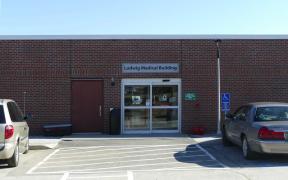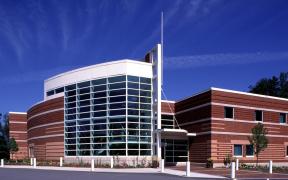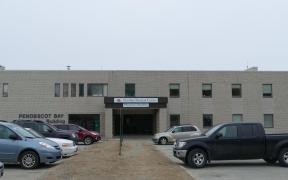Orthopedic doctors and other specialists at MaineHealth are committed to providing advanced and supportive care for patients of all ages with sports injuries. Care for sports injuries includes evaluation, diagnosis, treatment and rehabilitation.
What are sports injuries?
Sports injuries occur when playing sports or exercising. They can happen whether you enjoy an active life or are a competitive athlete. Sports injuries can occur in children, teens and adults. Some causes of sports injuries include:
- Accidents
- Poor training practices
- Improper gear
- Not being in proper condition
- Repetitive motion or activity
- Not warming up or stretching enough
Types of sports injuries
The most common types of sports injuries include:
- Sprains and strains
- Knee injuries / ACL tears
- Swollen muscles
- Achilles tendon injuries
- Shin bone pain
- Rotator cuff injuries
- Fractures/broken bones
- Dislocations
Difference between acute and chronic sports injuries
Sports injuries can be categorized as either acute or chronic injuries. Acute sports injuries occur suddenly when playing a sport or exercising. They can cause a bone to crack, muscle tears, ankle sprains and back strains. Signs of an acute sports injury include:
- Sudden, severe pain
- Swelling
- Not being able to place weight on a leg, knee, ankle, or foot
- Tenderness
- Joint immobility
- Extreme leg or arm weakness
- A bone/joint that is visibly out of place
Chronic sports injuries are caused by overuse of a particular part of the body from sports or exercising. Chronic sports injuries develop slowly and last a long time. Symptoms and pain may be mild and gradually become worse. Signs of a chronic sports injury include:
- Pain when you play
- Pain when you exercise
- A dull ache when you rest
- Swelling
Whether you have an acute or chronic sports injury, it is important to stop playing or exercising, and get treatment. Otherwise, the injury will get worse.
Treating sports injuries
Treatment of sports injuries usually begins with the RICE method, which stands for rest, ice, compression, and elevation.
- Rest. Reduce your regular activities. Take weight off of the injured body part.
- Ice. Use an ice pack on the injured area for 20 minutes, four to eight times a day. Take the ice off after 20 minutes to avoid cold injury.
- Compression. Put even pressure on the injured area to help reduce swelling. You can use an elastic wrap, special boot, air cast, or splint depending on the type of injury.
- Elevation. Put the injured area on a pillow, at a level above your heart, to help reduce swelling.
A nonsteroidal anti-inflammatory drug (NSAID) such as ibuprofen can reduce swelling and pain. Slings, splints, casts, and leg immobilizers are used to immobilize sports injuries. In some cases, surgery may be necessary to treat sports injuries. Surgery can fix torn tendons and ligaments or put broken bones back in place.
Most sports injuries don’t need surgery.
Rehabilitation for sports injuries
Rehabilitation is an important part of the treatment process. It involves strengthening exercises, stretching and movements to get the injured area back to normal. Exercises involve gently moving the injured body part through a range of motions. Stretching and eventual use of weights may be used in rehabilitation.
Talk to your healthcare provider about getting a referral for physical therapy when recovering from a sports injury.
Preventing sports injuries
Although some sports injuries are beyond your own control, many are preventable. Some tips for preventing sports injuries include:
- Don’t bend your knees more than half way when doing knee bends.
- Don’t twist your knees when you stretch.
- When jumping, land with your knees bent.
- Always warm up before exercising or playing a sport.
- Make time to stretch before exercising or playing a sport.
- Cool down after playing sports or working out.
- Wear proper shoes.
- Run on flat surfaces.
































